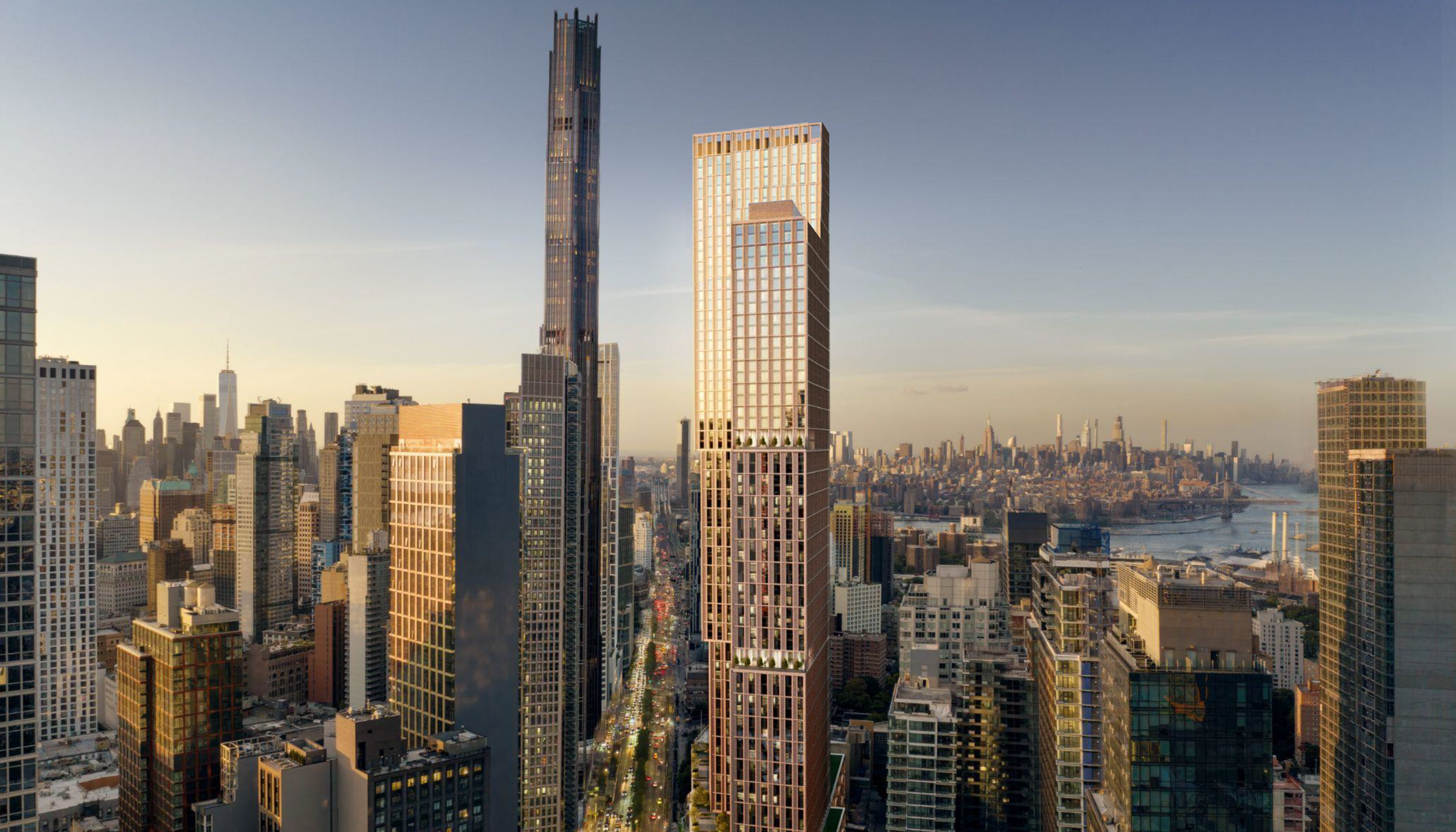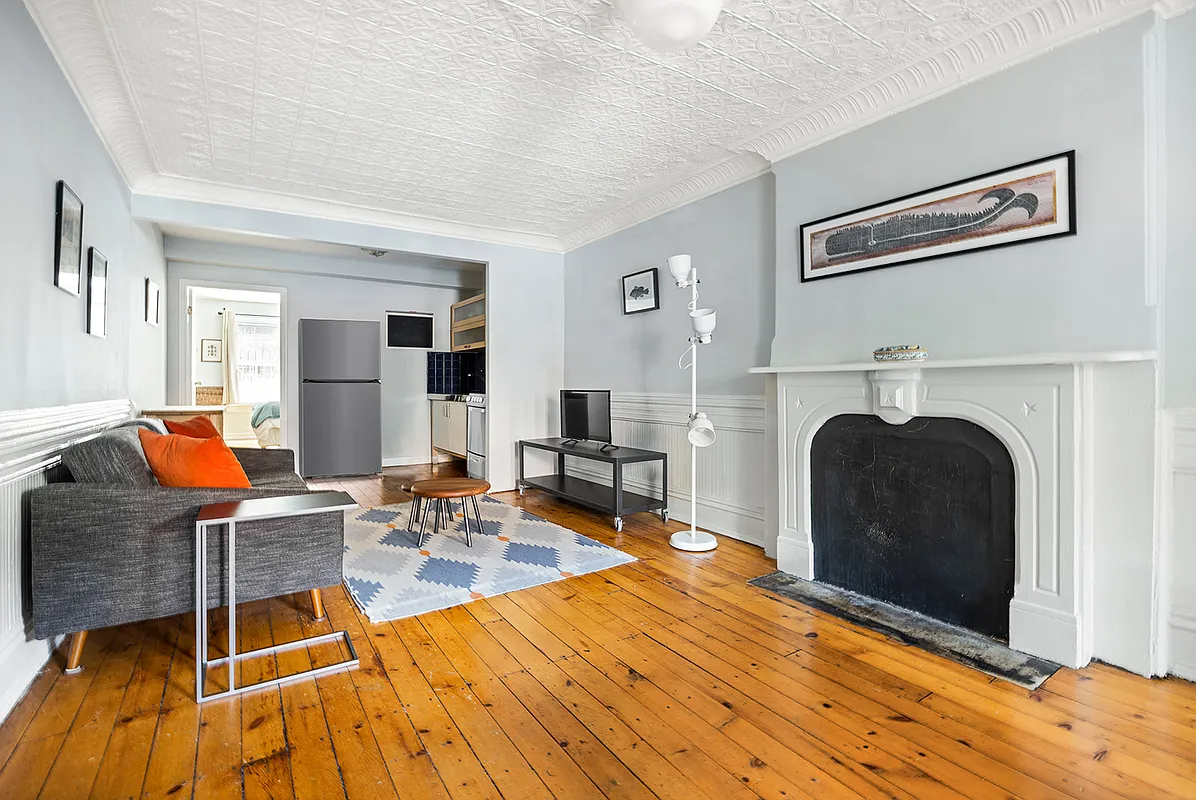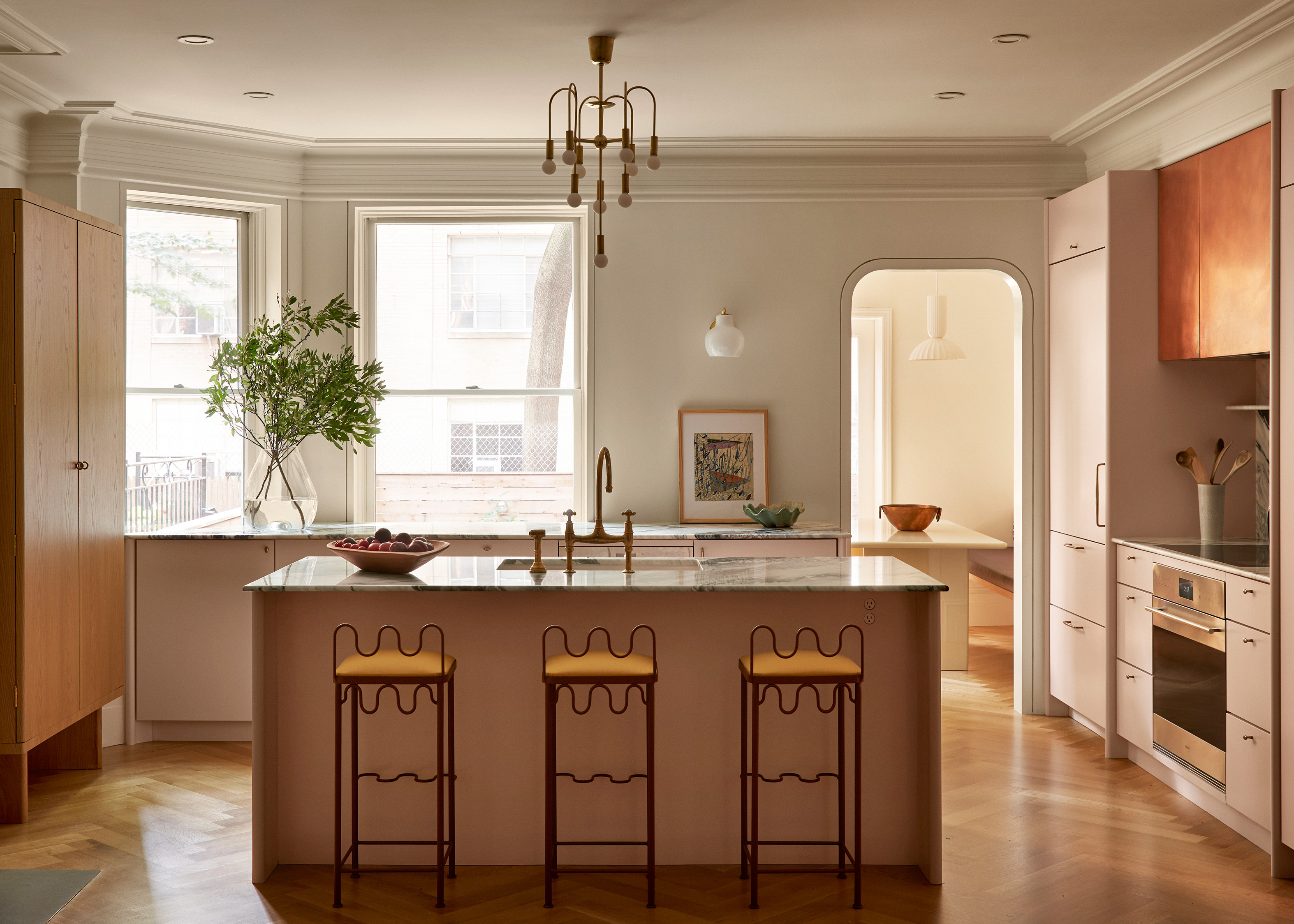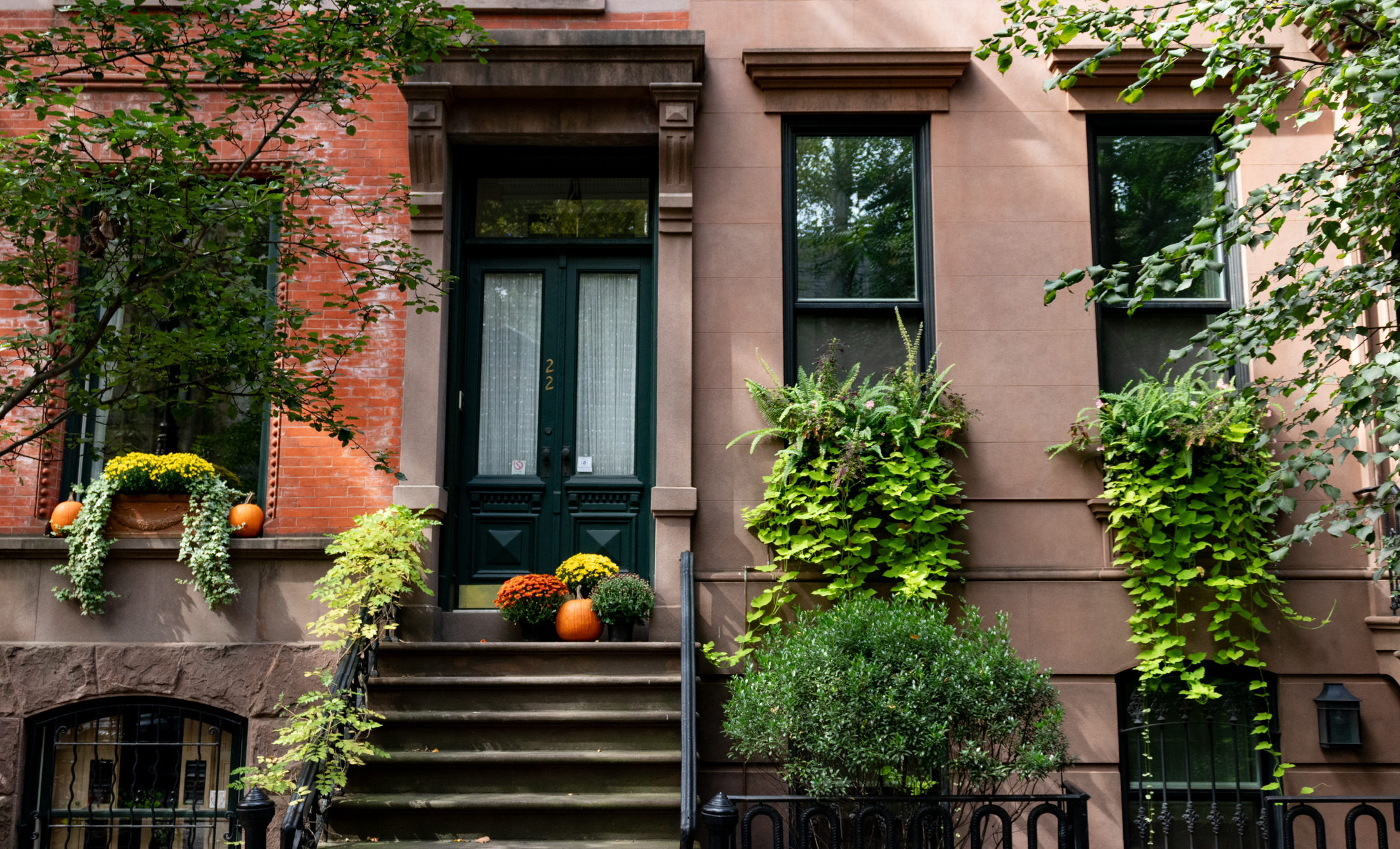Flatbush Avenue Will Never Be The Same Again
Tomorrow morning, Marty Markowitz will don his dungarees and grab a shovel to help developer Ron Hershko celebrate the groundbreaking of the two Ismael Leyva-desgned towers at 306 Gold Street and 167 Johnson Street. (Alright, he’ll probably have a suit on but whatever.) Gold Street will be a 40-story tower with 303 condo units while…

 Tomorrow morning, Marty Markowitz will don his dungarees and grab a shovel to help developer Ron Hershko celebrate the groundbreaking of the two Ismael Leyva-desgned towers at 306 Gold Street and 167 Johnson Street. (Alright, he’ll probably have a suit on but whatever.) Gold Street will be a 40-story tower with 303 condo units while Johnson Street will top out at 35 stories and have 214 apartments. In addition to being the tallest tower in Brooklyn, the development will also be distinguished by its amenities, which include a squash court, a swimming pool and an indoor basketball court.
Tomorrow morning, Marty Markowitz will don his dungarees and grab a shovel to help developer Ron Hershko celebrate the groundbreaking of the two Ismael Leyva-desgned towers at 306 Gold Street and 167 Johnson Street. (Alright, he’ll probably have a suit on but whatever.) Gold Street will be a 40-story tower with 303 condo units while Johnson Street will top out at 35 stories and have 214 apartments. In addition to being the tallest tower in Brooklyn, the development will also be distinguished by its amenities, which include a squash court, a swimming pool and an indoor basketball court.
Downtown Glitz Jumps Flatbush [Brooklyn Papers] GMAP
Huge Towers for Flatbush [Brownstoner]





some of these comments have made me re-think my anti-developement attitude in regards to downtown brooklyn and it’s surrounding area. My main complaint is traffic, however. That entire area, flatbush from the bridge to the park and most roads just off, is a complete mess, and I’m frightened of how much worse it will get.
Would love a 30 story condo on Flatbush, Empire, and Ocean Aves. We can put all the PLG hipsters in it lock em up and throw away the key. The same would apply for the new condos on Flatbush and Tillary.
Well, just to start the ball rolling, I nominate the corner of Flatbush, Empire, and Ocean for a 30 story condo. Yes, this is PLG. What’s there now is a fast food restaurant facing a major entrance to Prospect Park and the Botanical Gardens. Attach this building to the beautiful but somewhat desolate old brewery next door and you would have a fine addition to a low-rise neighborhood.
Empire Blvd could certainly use mid-rise development.
Why would you have all the grocery stores and amenities in an area that’s not residential? If they put up residential towers, some enterprising person(s) will open a store to serve the hungry residents. Build it and they will come.
It’s an ugly area, why not have some mid priced residential units that you don’t have to be either a subsidized circus performer or a MD of a fortune 500 to afford?
“So, where? Let’s nominate some sites and strategies if you hate this one.”
Excellent suggestion, anon 12:30, but don’t bet on any ideas coming your way. The anti-development hordes love to complain, but they suddenly fall mute when pressed for specific alternatives.
I’m not against it. I want the skyscrapers to be built right there in downtown brooklyn I just don’t want to see all the architectural gems in the fulton mall bull-dozed.
The interior of the WAMU bank has some really incredible details. It feels as if the ceilings are 70 feet high on the inside. Would hate to lose that.
More and more people realize how great Bklyn is. You can’t forbid them from settling, or from refusing to move to the burbs. You have to put them somewhere. That doesn’t mean un-landmarking all of Bklyn and turning it over to developers. But it means building something, somewhere.
So, where? Let’s nominate some sites and strategies if you hate this one.
FltBsh4Ever, you can’t compare NYC or Brooklyn (if you want to be specific) to Buffalo and Detroit. Those cities were solidly reliant on a single industry (automotive or industrial/manufacturing). NYC’s industries are more diverse than that (financial, advertising, telecom, etc). So I don’t buy the argument that building more high rises is needed in order for the city to thrive.
Couldn’t agree more:
“how do you think you get housing that more people can afford?
you build more housing.
how do you get people to build more housing?
you allow people to make a profit.
Allow the market to work (and eliminate rent stabilization!), and eventually you would have plenty of affordable housing for everyone. Like Philly. Like most other American cities.”